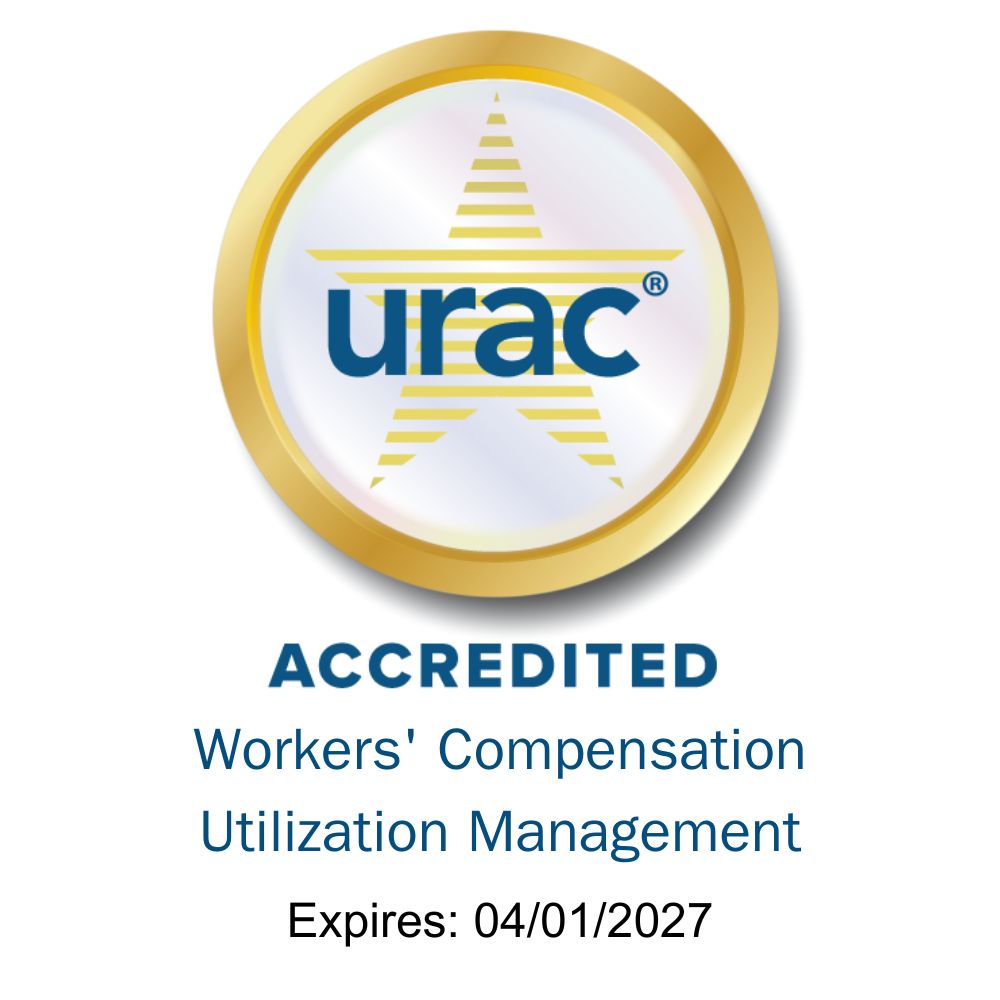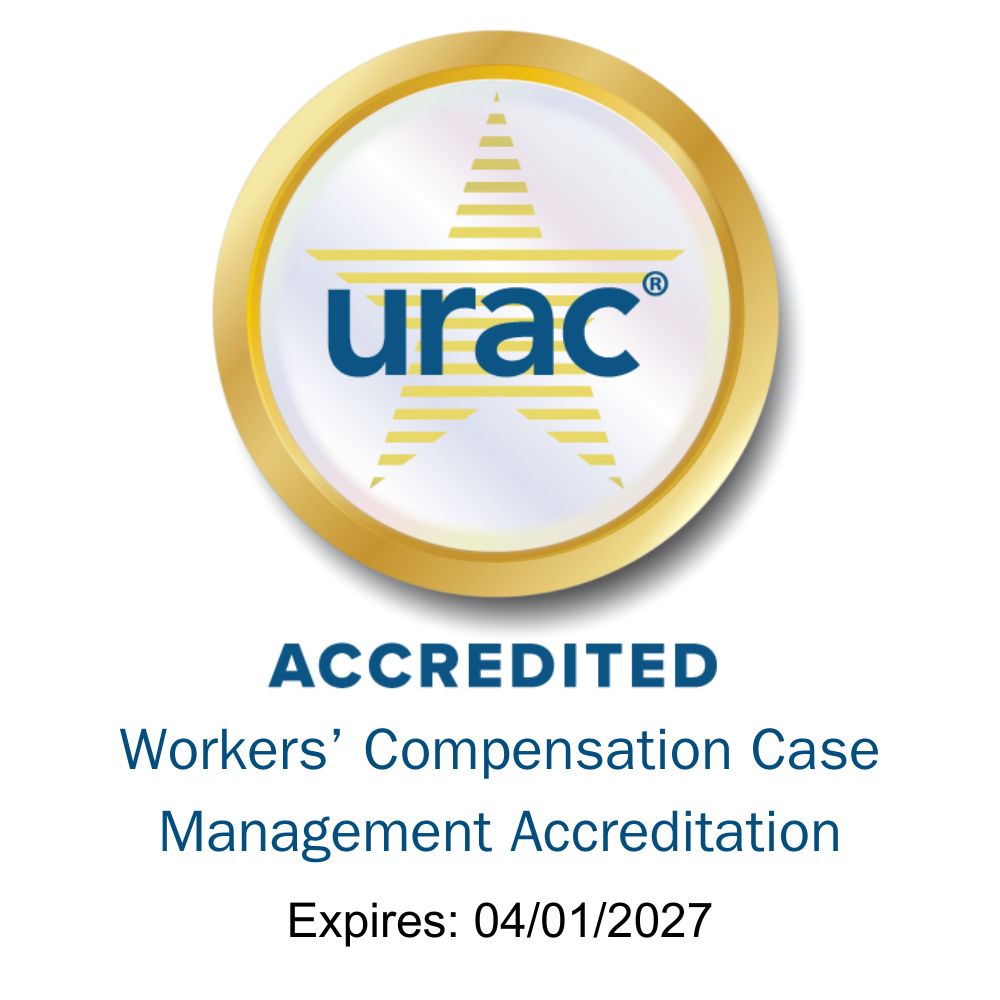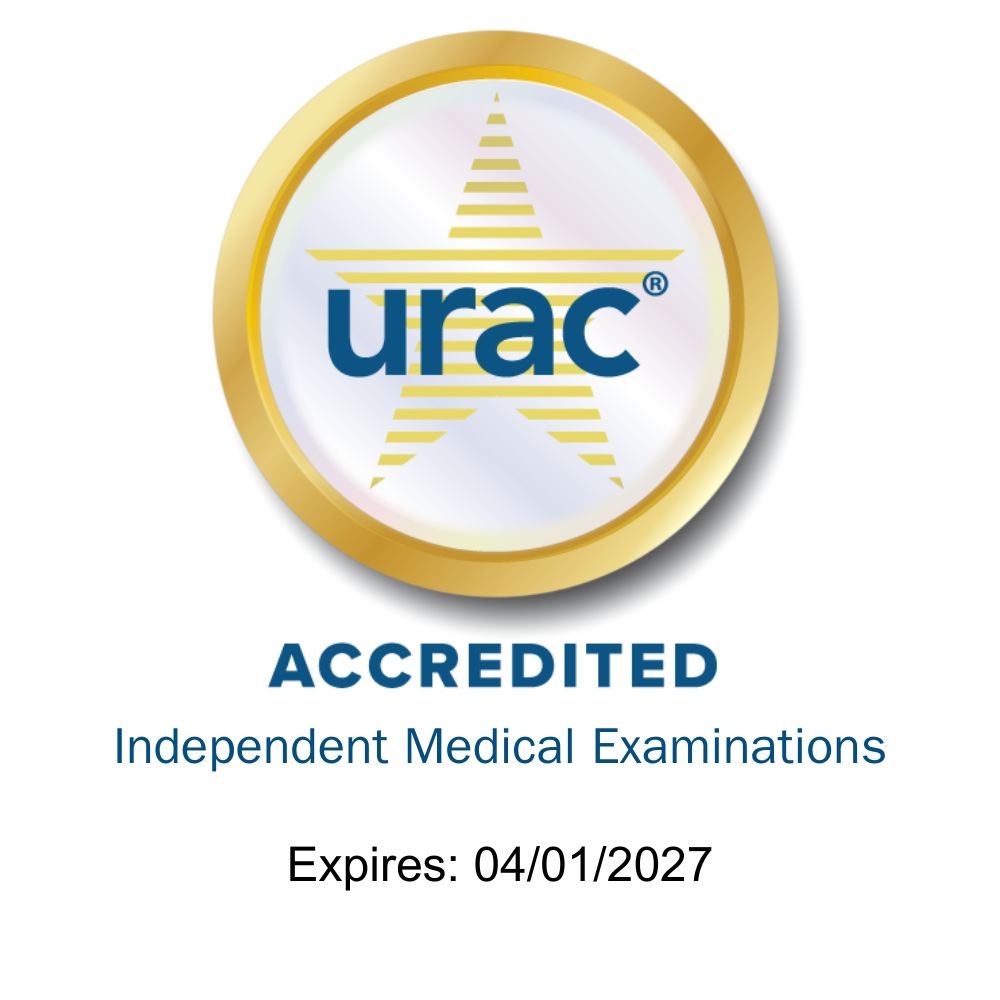In workers’ compensation, catastrophic injuries transpire with relatively low frequency. When they do occur, however, payers demand an all-hands-on-deck approach that calls upon specialized experts to manage specific aspects of these complicated claims.
Many payers have established their own internal catastrophic claims team, so their most seasoned claims professionals manage these types of injuries. These adjusters are highly experienced in managing catastrophic claims. However, they are also handling other catastrophic cases at the same time—all of which have various and sophisticated moving parts.
Similarly, a case manager specialized in catastrophic injuries is assigned to provide immediate clinical intervention and to help manage the clinical care and return-to-work components of the case.
Working collaboratively with these two experienced professionals, a catastrophic injury can benefit greatly from a specialty service provider. This is because a significant number and various types of specialty services will often be necessary—anything from a rehabilitation facility, durable medical equipment, transportation, home health services, and more.
Today, industry-leading specialty service providers have developed catastrophic injury response teams, which consist of care coordinators with in-depth knowledge and experience in coordinating the right specialty services at the right time for these cases.
What is a catastrophic claim?
A catastrophic claim involves a debilitating, life-altering injury, such as a severe burn, major amputation, traumatic brain injury, or spinal cord injury. In some cases, multiple traumas may be involved. These injuries demand coordination of sophisticated medical care, rehabilitation, specialty services, home care, and even personal assistance when the individual returns home.
Catastrophic injuries make up only about one percent of all workers’ compensation claims. However, they are extremely expensive, often constituting a significant portion of a payer’s annual claims payouts—approximately 15 to 20 percent, depending on the payer’s book of business. A single incident may cost upward of $1 million or more. The costs include indemnity payments, as well as medical care that takes place across multiple facilities, providers, specialties, and service areas.
The duration of these claims may stretch over many years and could even last for the injured employee’s lifetime. For example, a spinal cord injury resulting in complete paralysis below the neck would require around-the-clock skilled nursing care, which often costs $250,000 to $400,000 annually.
What’s needed in a specialty service provider for catastrophic injuries?
For a catastrophic injury, a key component of care management is specialty service coordination. Ultimately, the payer, catastrophic claims adjuster, and case manager will want to outsource this component to an expert in the field. In this way, they have peace of mind in knowing specialty services will be managed by an experienced provider who can optimize service, results, and costs. It will also free them up to do things that really need their expertise. From the perspective of claims adjusters, they want a provider whom they can trust to seamlessly coordinate and communicate across the various touchpoints.
Fulfillment of complete specialty service needs
Adjusters place a lot of confidence in a specialty service provider—working in close coordination with the claims adjuster and catastrophic (CAT) case manager—to coordinate the patient needs across the following areas:
- Transition from hospital to skilled nursing facility or rehabilitation facility, as well as the transition to home
- Home health services
- Durable medical equipment and supplies
- Transportation and translation services
- Home and vehicle modifications
- Advanced diagnostics, such as MRIs and other scans
- Physical therapy and occupational therapy
Early intervention, timely coordination
Seamless coordination and communication ensure injured employees have the essentials at each stage of their care and recovery. This involves expert-level engagement from the start of the claim. The earlier a specialty service provider can be brought on to the catastrophic injury case, the earlier specialty care coordinators can begin their expert and often time-sensitive coordination.
A flexible specialty service provider will be able to work with any medical management company, though a payer may prefer a more integrated approach that combines the management of medical and specialty services. Having one vendor coordinate both aspects can have a profound, positive impact on catastrophic claims costs and outcomes.
Ensuring seamless delivery of specialty services at critical touchpoints
Once a specialty service provider is brought on—and hopefully this occurs as early as possible—its care coordinators will begin to communicate with key stakeholders to ascertain the injured employee’s specialty service needs. This can include the adjuster, treatment team, discharge staff or CAT case manager.
In many cases, because of the nature of a catastrophic injury, the injured employee has often already been sent to the hospital. The specialty service provider will develop a plan from that point forward. It will work with the adjuster and CAT case manager to outline the successive services, equipment and supplies to be ordered.
The initial plan is sent to the adjuster for approval, but due to the volatile nature of catastrophic injuries, the plan must remain flexible to accommodate the patient’s evolving needs. As such, it’s important that a specialty service provider be nimble and adept at ongoing communication and coordination. Another key component of the plan is cost transparency, which is vital to keeping the adjuster abreast of both care and costs, so they can accurately set reserves.
At each touchpoint, the specialty service provider will communicate with the CAT claims adjuster and case manager to ensure all stakeholders are aware of necessary equipment, supplies and services, and ensure critical items and costs are approved along the way.
Preparing for hospital discharge
Prior to discharge, the specialty service provider will work with the CAT case manager and hospital staff to determine the injured employee’s specialty service needs. For instance, does the patient require a skilled nursing facility or an inpatient rehabilitation facility?
The specialty service provider will know all the types of questions to ask to ensure it understands the patient’s comprehensive needs. For example, the provider will find out whether the injured employee requires transportation to the facility, and, if so, schedule that service as well. The provider will also assess the type of transportation, such as a wheelchair or even stretcher transport, depending on the severity of the injury.
Finding the right facility and negotiating costs
If the injured employee requires a facility for further care, recovery and rehabilitation, the specialty service provider will match the type of injury to the best facility. The best specialty service providers will offer a national network of qualified facilities, though they also must have the ability to reach out to regional facilities to see whether they can handle a particular type of injury. The specialty service provider will negotiate pricing and outline what’s included in the cost of the stay.
Coordinating the return home
The next step in most journeys result in the injured employee being discharged from the hospital or facility to their home. The specialty service provider will work with the CAT case manager, as well as the hospital or facility staff, to understand when discharge will occur and what specialty services the injured employee will require immediately when they return home and over the long term. The specialty service provider will then cross-check the plan against evidence-based guidelines, collaborate with the CAT case manager and present it to the adjuster for approval before proceeding with coordination.
A key value the specialty service provider offers is the ability to manage all requirements proactively and within the appropriate timeframe, so the equipment, modifications, or other services are in place when the injured employee arrives home or otherwise needs them.
More extensive home or vehicle modifications
Some catastrophic cases call for a more extensive home or vehicle modification. As with any home project, where a contractor might be necessary, the specialty service provider will obtain several quotes. The specialty service provider coordinator will check references to verify the quality of the work and the estimated price. The coordinator may also work with several contractors to ensure an overall cost-effective modification is performed.
Customized communication to meet customer needs
At each touchpoint, the specialty service provider will strive to keep the adjuster and CAT case manager abreast of activity and obtain approvals of plans and costs. However, different catastrophic injury teams have different requirements for communication and updates. Some prefer daily updates, others weekly. The specialty service provider must get to know and adhere to specific customer requirements. A reputable specialty service provider will have a systematic process in place, so no specialty service can fall between the cracks, and the CAT team is updated on all developments.
Providing relief to busy adjusters
Every catastrophic injury is complex and has a unique set of demands. In terms of specialty services, some injured employees may require a facility or extensive home modification. A good specialty service provider is skilled at assessing the injured worker’s situation and strategically coordinating delivery, so items and services are in place.
Adjusters can hand off this function with tremendous benefit to their workload. They can entrust a specialty service provider to handle coordination as it has a team of experts, and it has established relationships with case managers, facilities and vendors to expedite the process. The specialty service provider also assumes the administrative and logistical burden. This is a huge advantage for adjusters, who are already laden with numerous catastrophic cases and other tasks to manage.
A version of this post appeared on workerscompensation.com. Craig Evans is vice president of strategic programs for Apricus where he oversees key initiatives including new program implementations and expansion of existing product capabilities. Craig has a diverse background in the insurance industry, having held roles in workers’ compensation, group health care, and auto reinsurance. He is a contributing author to the Sounding Board blog.






